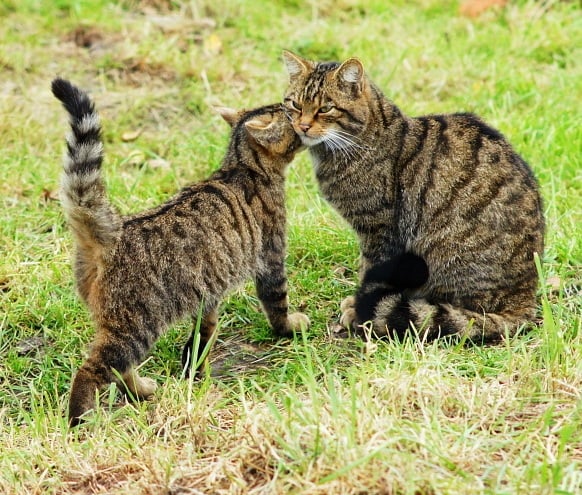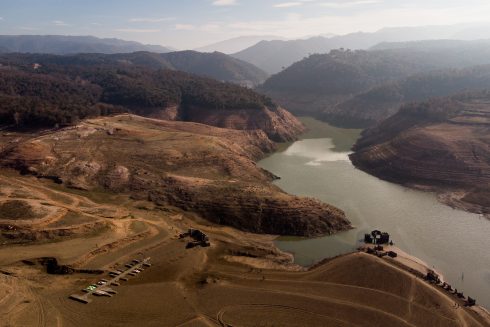ANDALUCIA advises as an expert in the captive breeding programme for the Scottish wild cat.
The Scottish wildcat is Britain’s last native cat species and with fewer than 100 believed to exist in the wild, the feline is on the brink of extinction.
Habitat loss and cross-breeding with domestic cats are the main reasons why it is on the verge of extinction, despite the fact that it has been protected under UK law since 1988.
In view of this situation, the Junta is collaborating in the international partnership Saving Wildcats, offering expert advice on the development of a captive breeding programme for its Scottish ‘cousin’.

Specifically, the Department of Agriculture, Farming, Fisheries and Sustainable Development has helped the Saving Wildcats project (SWAforLIFE) to build a breeding centre, where they are trying to recover the real ‘Highland Tiger’ as part of the Scottish Wildcat Action national conservation plan.
This will be the first facility in the UK to breed the species with the aim of reintroducing it.
For the Royal Zoological Society of Scotland (RZSS), the experience of 17 years of captive breeding of the Iberian Lynx in Andalucia may be key to preventing the disappearance of the Scottish wildcat.
For it’s part, Andalucia has consolidated itself as the number one refuge for the Iberian Lynx, home to 57% of the endangered wild cat’s population, making the Andalucian community an extraordinary ally in the difficult challenge of conserving the Scottish wild cat.
The recommendations sent by the Regional Ministry for the development of the Saving Wildcats project seek to transfer Andalucia’s extensive experience in the process of breeding in captivity and reintroducing the Iberian lynx into the wild.
There is no doubt that the Andalucian programme is bearing fruit with now over 900 species.
Accordingly, the next ‘Lynx Connect’ project challenge is to get the International Union for Conservation of Nature (IUCN) to recatalogue the lynx from being declared an ‘endangered species’ to a ‘vulnerable species’.










